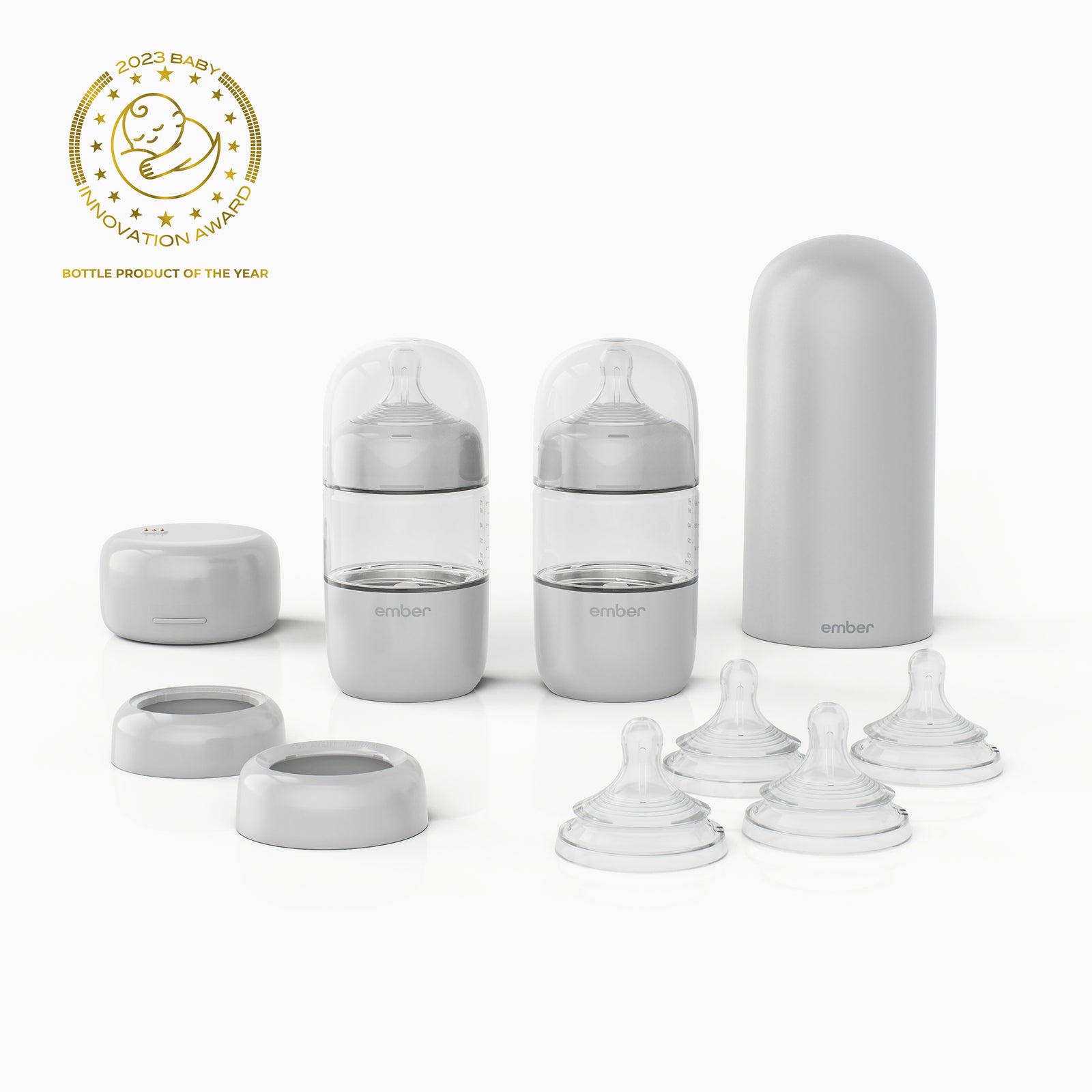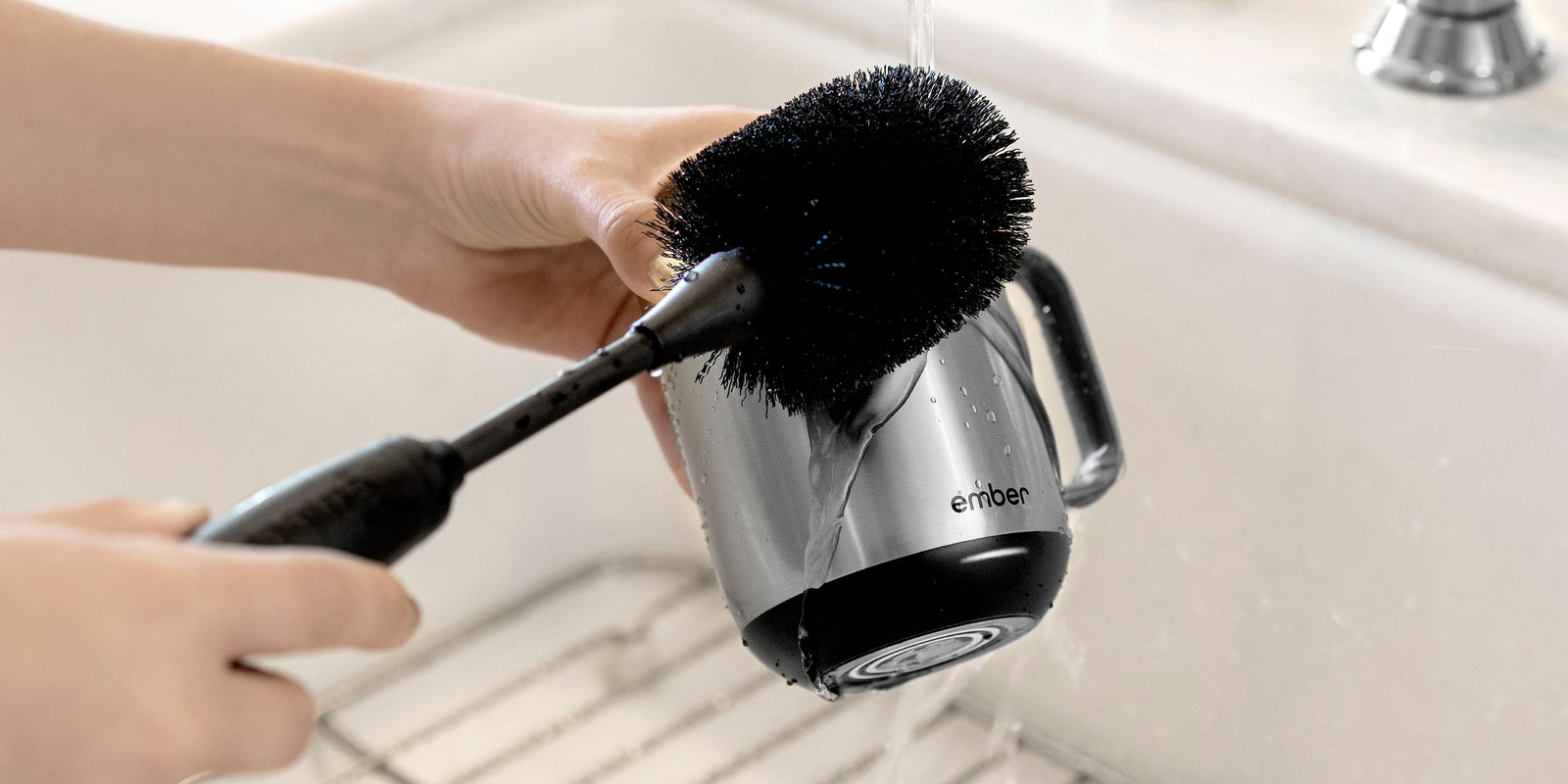Making tea is easy – until it’s not. If you’ve ever ended up with watery, flavorless tea or a bitter, unpleasant cup, you know how easy it is to mess up the steeping process. To make sure you enjoy a perfect cuppa every time, we’re breaking down the basics of how to make tea – with or without fancy kettles and teapots.
Tea Leaves
Whether you prefer strong black teas or delicate white teas, starting with quality tea leaves is the first step to making a great-tasting cup of tea.
Teabags work in a pinch, but you’ll sacrifice taste for convenience. The leaves in bags are processed using the CTC method (cut, tear, curl). This method makes it easy to produce bulk amounts of tea but results in small, broken leaves that release their flavors quickly and are prone to producing bitter, astringent cups of tea.
Quality loose-leaf teas, on the other hand, preserve larger pieces of the tea leaf or the entire leaf. Because the leaves are larger and have usually undergone a more careful drying and oxidizing process, they impart a more balanced and complex flavor with less bitterness. However, when you do need to prioritize easy brewing, pyramid-shaped sachets offer a great balance of convenience and flavor. They’re often filled with quality tea leaves instead of CTC leaves, and the pyramid shape gives the leaves room to expand and infuse their flavors properly.
Some of our favorite online shops for sourcing specialty loose-leaf teas and tea sachets are Mountain Rose Herbs, Adagio, Vahdam Teas, and Tealeaves.
Steeping Equipment
Bags and sachets can be brewed directly in your cup. However, if you choose to use loose tea leaves, you’ll need some steeping gear. Don’t let the extra equipment scare you off – learning how to steep tea with any of these infusers is simple.
- Infuser balls or novelty infusers like the adorable Fred Manatea Tea Infuser let you brew in any cup, but many don’t provide room for larger tea leaves to expand fully.
- Mesh tea infusers are usually larger, providing plenty of room for your leaves to unfurl, and can be used directly in your cup.
- If you want to brew multiple cups, a teapot with a built-in infuser basket is the way to go. Or get creative and just use your French press!
Leaf-to-Water Ratio
Most tea sellers provide brewing instructions, so start with their measurements. As a starting point, most will recommend one teaspoon of leaves (or one tea bag or sachet) to every 8 oz of water. If you’re using large “fluffy” leaves, you may need a heaping teaspoon or as much as a tablespoon. Of course, your personal taste is the deciding factor, so experiment with tea-to-water ratios until you’ve zeroed in on your ideal flavors. If you’re aiming for a more robust cup, always add more leaves instead of lengthening brew time.
Whatever ratios you choose, just be sure there’s enough water to allow the leaves to unfurl properly. Whole-leaf teas like Ti Kuan Yin (a classic oolong) expand dramatically once they’re rehydrated, so you may need more water than you think.
Water & Infusion Times
Other than the quality of your tea leaves, water and infusion times are the most critical brew factors when it comes to the final taste of your cup.
Water Quality
Filtered tap water or spring water will usually give you the best results. Unfiltered tap water can often leave your tea with a chemical or metallic taste, and hard water makes it more difficult to extract the flavors of the tea leaves fully.
Water Temperature & Infusion Times
Knowing ideal water temps and how long to steep tea are fundamental in making consistently good cups. Too hot and too long, and you’ll end up with bitterness that overpowers the sweeter, more subtle flavor in your tea. Too cool and too short, and you’ll get a weak, flat taste. A temperature-controlled kettle is the easiest way to ensure you’re hitting the right temperature for each type of tea you make.
- Black tea - boil water to 210 -212 ℉, steep for 3-5 minutes
- Oolong tea - boil water to190℉, steep for 2-5 minutes
- Green tea - boil water to 175℉, steep for 2-3 minutes
- White tea - boil water to 185℉, steep for 2-3 minutes
- Herbal teas - boil water to 212℉, steep for 5-10 minutes
You can simplify your brewing process by using the built-in tea timer in your Ember app. On your home screen, swipe up from the bottom to reveal the timer, as well as your preset drinking temperatures for all your favorite beverages.
Can I use the microwave to make tea?
Using the microwave to make tea isn’t recommended, as it’s tough to gauge the temperature of the water. It’s also easy to end up with hotspots, resulting in uneven extraction of the leaves. If a microwave is your only option, we recommend heating the water without the tea leaves, stirring the water to eliminate hot spots, and then adding your leaves.
Multiple Infusions
Most loose-leaf green, oolong and white teas can be infused multiple times, and each infusion will highlight slightly different flavors in the leaves. For each subsequent infusion, increase the infusion time by 30 seconds to 1 minute, and increase the water temperature by 2 -3 degrees.
To learn more about the properties of each type of tea and why they’re best brewed at certain temperatures, check out our Types of Tea guide and start steeping like an expert. After pouring your tea into your Ember Mug², pair to the Ember app for our convenient tea presets so you can sip at the perfect drinking temperature - or customize your own. And that’s the tea.


















